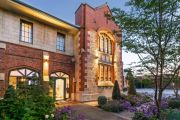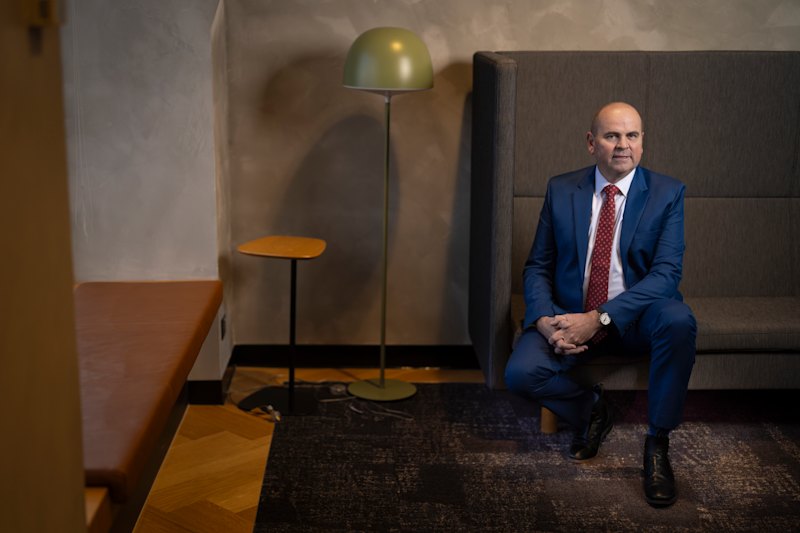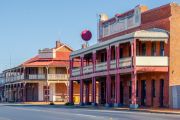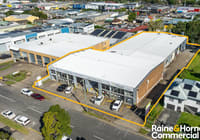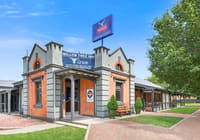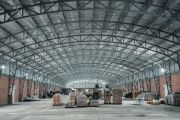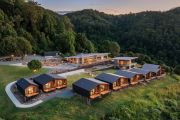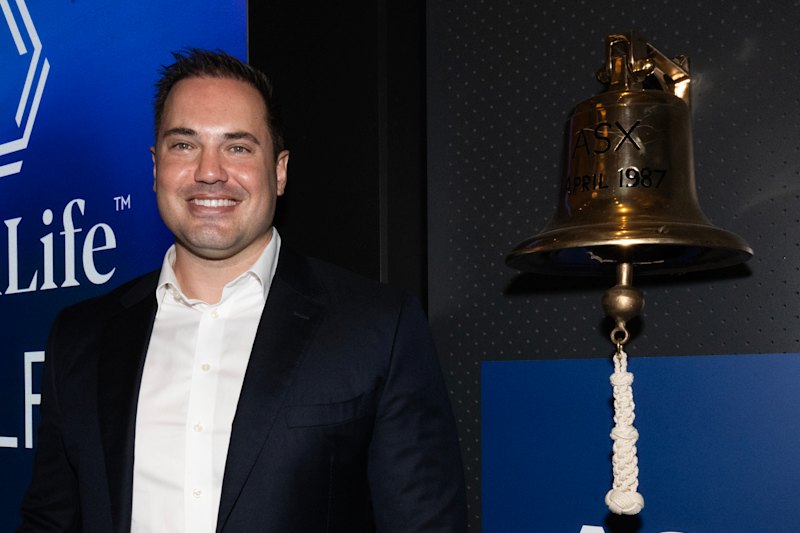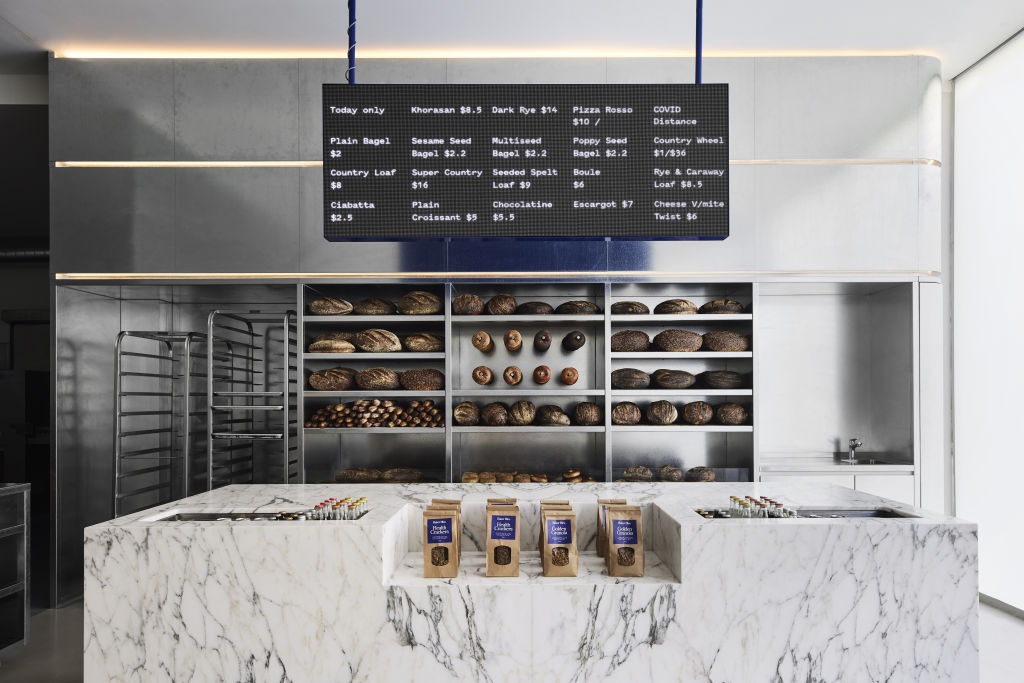
Peek inside Australia's most beautiful hospitality hotspots
A fabulous new restaurant with lavish Italianate architectural features and decorated with modern Australian art. A small bar that makes customers feel like they’re inside a music speaker. A hotel seamlessly integrated into its neighbourhood.
As an indicator of the resilience of Australia’s hospitality industry, there can be few better signs than its willingness to open innovative, cutting-edge new developments.
And with the annual touchstone, the Eat Drink Design Awards, receiving their highest number of entries ever, the number of new restaurants, bars, hotels, cafes and retail establishments opening in the 12 months to June 30 2022, has astonished onlookers.
“It’s been a real show of the resilience of the industry that people are still willing to spend big bucks to design and open new venues, even after everything they’ve been through in the last few years,” said the awards jury chair Cassie Hansen. “It’s just incredible to me.
“I didn’t think I would have had the courage to do that myself. But it’s a real testament to the optimism and ambitiousness of the hospitality industry and its tenacity in being determined to look forward rather than back.”
The award winners were announced at a special function on Thursday evening (November 10). Melbourne — which suffered the most with pandemic lockdowns––dominated the awards, winning five out of the eight main prizes.
Best Restaurant Design, for instance, was won by the Di Stasio Carlton, with its blend of Italian and modern Australian art brought to us by designers Hassell. The third restaurant from the Di Stasio team, the building was stripped back to its bare bones, with the 1950s terrazzo floor retained and other areas filled with black concrete.
“The design reused where possible and, when not, our intention was to replace with an egalitarian insertion that would equally stand the rest of time,” said a Hassell spokesperson. “Poured on-site, the floor and bars are solid and permanent, the bars reminiscent of altars but with a very different purpose!
“The design embraced a semi-nostalgic escape with a sense of surprise and delight. It’s a theatrical adventure through several contrasting spaces.”
It was a theme that ran through many of the winning entries, says Hansen, the editor of design magazine Artichoke: a real sense of nostalgia and comfort that could be seen in a post-pandemic world where we’re all seeking a feeling of comfort and safety.
“It seems we all wanted the design of these new venues to be familiar and comfortable and not too whiny and new,” she said. “They should be places where we could come with friends, stay a while, and feel comfortable, so they’re almost like second homes.
“Many of the winning designs in the Eat Drink Design Awards reflected that. It’s less about showstopper design moments and big Insta moments and more about places we want to linger in that make us feel cocooned, and warm, and fuzzy.”
The Best Bar Design, for instance, was won by the cosy Music Room in the Melbourne CBD on Lonsdale Street by designer Dion Hall of Studio Brave. Entry is via a sound-locked room, and patrons can lounge in the muted amber-lit space under the perforated walnut ceiling and interior panels, backlit with LED lights that change colour and move in response to the music while listening to DJs playing vinyl.
“The design concept captures the spirit of audiophile rooms and is dedicated to the love of sound,” said Hall. “Distorting sightlines, you feel like you’re stepping inside a speaker box. The acoustic qualities are acute to the extent the space can also be used for studio recordings.
“The challenge of the small footprint – no greater than a double car garage space – could not be overcome, but the compact nature and internalised qualities of the space promote the design vision. It makes the space a highly sensory experience; intimate, memorable, timeless.”
Best Hotel Design, meanwhile, was won by a Sydney entry, the Ace Hotel Sydney in Surry Hills. The 18-storey hotel was designed by Flack Studio and built on the site of a former brick factory with the façade restored and a restaurant, bar, café, library and sunken lounge in the communal lobby.
Those spaces are designed to be open to all in the neighbourhood, while there’s been a clear attempt to merge old and new in the design and décor.
“I really loved this hotel project,” said fellow judge Fiona Lynch of the interior design studio Fiona Lynch Office. “These winning projects were exceptional, cutting edge, and they could hold their own in any major city in the world.
“Such projects are setting a new design standard in the next few years. It’s incredible that people have taken that time during the pandemic to reinvent hotel, restaurant, or bar design and be so optimistic about new opportunities. It shows how resilient that sector is.”
Meanwhile, Best Cafe Design was taken out by Brisbane Airport’s airside-viewing dining space, The Common by Sullivan Skinner, which the judges acclaimed as a testament to the strength of its “taste of Queensland” experience and unexpected location.
Two stores south of the Yarra River won Best Retail Design: Baker Bleu Hawksburn by IF Architecture and Pronto by Via Porta by Studio Esteta – noted for their sleek utility and sense of heritage and engagement with the neighbourhood, respectively.
Best Identity Design was snapped up by Melbourne’s new Italian Gertrude Street eatery, Rocco’s Bologna Discoteca, which the judges loved for the fun and nostalgia permeating the graphic design elements within the venue, designed by Congrats Agency.
Rounding out the award winners was the sleek and elegant Adelaide Festival Pavilion – The Summerhouse by CO-AP, which took home the title of Best Installation Design.
In an additional accolade, Melbourne’s beloved 68-year-old venue Pellegrini’s Espresso Bar (1954) by Smith, Tracey, Lyon and Brock was inducted into the Eat Drink Design Awards Hall of Fame in 2022.
